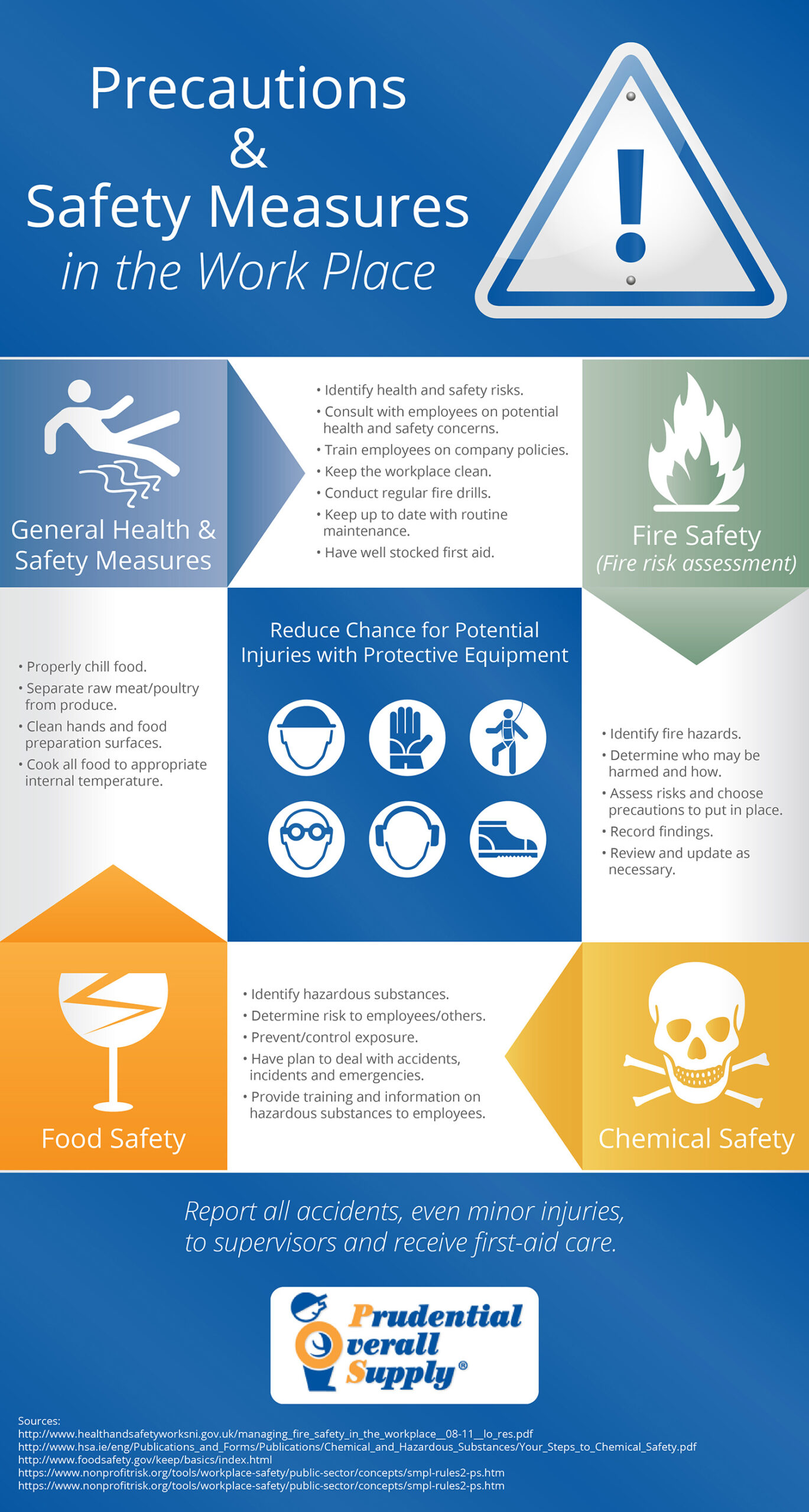Lifestyle Magazines: A Complete Guide to Purpose, Content, and Impact
What’s a lifestyle magazine?
A lifestyle magazine is a publication that focus on various aspects of personal living, offer content that reflect and influence how readers conduct their daily lives. These magazines cover a wide range of topics include fashion, beauty, health, food, travel, home decor, entertainment, and personal development — basically anything that contribute to a reader’s lifestyle choices and aspirations.

Source: o2creative.ca
Unlike news publications or specialized industry magazines, lifestyle magazines aim to inspire and entertain while provide practical advice that readers can incorporate into their lives. They typically feature visually appeal layouts with high quality photography and graphics that complement the write content.
The evolution of lifestyle magazines
Lifestyle magazines have a rich history date backward to the late 19th century. Publications like Harper’s Bazaar (found in 1867 )and vogue ( (92 ) )gin as fashion magazines but gradually expand to cover broader lifestyle topics. The concept of the modern lifestyle magazine take shape in the mid 20th century with titles like better homes and gardens ( 19( ) an)cosmopolitan’s transformation under helen HelenyGurley in the 1960s.

Source: magzter.com
The digital revolution has dramatically reshaped lifestyle magazines. Many traditional print publications nowadays maintain robust online presences, while digital only lifestyle magazines haveemergede to cater to online audiences. Social media platforms have fablurredur the lines, with many lifestyle influencers basically create magazine like content acInstagramagPinteresterest, and other platforms.
Key components of lifestyle magazines
Visual appeal
Lifestyle magazines are known for their striking visual elements. High quality photography, creative layouts, and careful attention to color schemes create an immersive experience. The visual aspects of these magazines are not simply decorative — they’re fundamental to convey the aspirational lifestyle beingpromotede.
From utterly style food photography to meticulously arrange home interiors, these visuals serve as both inspiration and instruction for readers look to elevate their own lives. Cover images peculiarly receive special attention, as they must immediately communicate the magazine’s brand identity while entice potential readers.
Editorial content
The write content in lifestyle magazines typically include:
-
Feature articles
in depth explorations of trends, personalities, or concepts -
How to guide
practical instructions for everything from cook to home organization -
Profiles
interviews with celebrities, experts, or interesting personalities -
Reviews
assessments of products, destinations, restaurants, or entertainment -
Personal essays
ffirst-personnarratives that connect with readers’ experiences
This content is cautiously curate to align with the magazine’s overall brand identity and target audience. The tone may range from authoritative to conversational, depend on the publication’s positioning.
Advertising
Advertising is integral to lifestyle magazines, both as a revenue source and as content that complement the editorial material. Unlike other publications where ads might feel intrusive, lifestyle magazine advertisements oftentimes align intimately with the content, feature products and services that fit the magazine’s aesthetic and audience interests.
The relationship between editorial content and advertising in lifestyle magazines has invariably been moderately symbiotic. Many magazines feature product roundups and recommendations that blur the line between editorial and promotional content. This practice has evolved in the digital era with sponsor content and affiliate marketing become common revenue streams.
Types of lifestyle magazines
General interest lifestyle magazines
Publications like real simple, better homes and gardens, and Martha Stewart living cover a broad spectrum of lifestyle topics. These magazines appeal to readers seek comprehensive guidance across multiple aspects of daily life, from cooking and home decor to personal finance and relationships.
The content in these magazines tend to be practical and accessible, offer solutions to common challenges while inspire readers to enhance their everyday experiences. They typically target adults look to optimize various aspects of their domestic and personal lives.
Specialized lifestyle magazines
Many lifestyle magazines focus on specific niches:
-
Fashion and beauty
vogue, eElle allure -
Food and cooking
bon appétit, food & wine -
Travel
cCondé Nasttraveler, travel + leisure -
Health and fitness
men’s health, women’s health, shape -
Home and decor
architectural digest, hHGTVmagazine -
Regional lifestyle
tTexasmonthly, nNew Yorkmagazine
These specialized publications provide deeper coverage of their focal areas, attract readers with specific interests. The content tend to be more detailed and expert drive than what appear in general interest magazines.
Demographic focus lifestyle magazines
Some lifestyle magazines target specific demographic groups:
-
Gender orient
gGQand esquire ((en ))cosmopolitan and glamour ( w(en )
) -
Age specific
teen vogue ((eenagers ))aarAARPe magazine ( s(iors )
) -
Cultural / ethnic
essence ((fAfricanmAmericanomen ))latLatinah(pHispanicen )
)
These publications address the unique interests, concerns, and preferences of their target demographics, create content that resonate with the specific life experiences and cultural contexts of their readers.
The business model of lifestyle magazines
Revenue streams
Lifestyle magazines typically generate revenue through multiple channels:
-
Print and digital subscriptions
-
Newsstand sales
-
Advertising (print and digital )
-
Sponsored content and native advertising
-
Events and experiences
-
Licensing and brand products
-
Affiliate marketing
The traditional model rely heavy on print advertising and subscriptions, but digital transformation has shifted the balance toward online advertising, sponsor content, and diversify revenue streams include events and product lines.
Target audience
Understand the target audience is crucial for lifestyle magazines. Publishers conduct extensive market research to identify demographic profiles, interests, purchase habits, and aspirations of potential readers. This information shape everything from content creation to advertising partnerships.
Lifestyle magazines frequently target audiences with disposable income who aspire to improve certain aspects of their lives. The aspirational quality of these publications make them attractive to advertisers seek to reach consumers who are actively looked for products and services to enhance their lifestyles.
The cultural impact of lifestyle magazines
Set and reflect trends
Lifestyle magazines occupy a unique position in culture as both trendsetters and trend reflectors. When publications like vogue or architectural digest feature certain styles or approaches, they can drive widespread adoption. Simultaneously, these magazines monitor emerge cultural movements to stay relevant to their readers.
This dual role give lifestyle magazines significant cultural influence. They help define what’s consider stylish, desirable, or worth pursue at any give moment. For many readers, these publications serve as authoritative guides to navigate change social standards and consumer options.
Criticism and controversies
Despite their popularity, lifestyle magazines face substantial criticism:
-
Promote unrealistic standards
many critics argue that the perfect homes, bodies, and lives depict in lifestyle magazines create unrealistic expectations and dissatisfaction. -
Encourage materialism
the emphasis on consumption and acquisition of products has been ccriticizedfor promoting materialistic values. -
Lack of diversity
historically, many mainstream lifestyle magazines have fail to represent diverse body types, ethnicities, and socioeconomic backgrounds. -
Environmental impact
print magazines contribute to paper consumption and waste, raise sustainability concerns.
In response to these criticisms, many lifestyle magazines have begun feature more diverse models, promote sustainable living, and acknowledge the gap between aspirational content and readers’ realities.
Digital transformation of lifestyle magazines
Online presence
Virtually all major lifestyle magazines nowadays maintain robust digital platforms. These websites oftentimes offer a mix of free content to attract traffic and premium content for subscribers. Digital editions provide advantages like multimedia integration, interactive features, and the ability to update content unendingly.
Social media has become essential for lifestyle magazines, allow them to reach audiences beyond their subscriber base. Platforms like Instagram and Pinterest are especially important to give their visual nature, which align utterly with lifestyle content.
Content creation strategies
Digital transformation has change how lifestyle magazines create and distribute content:
-
Multi-platform approach
content is aadaptedfor various platforms, from print to social media -
Video content
many magazines nowadays produce videos for yYouTube iIGTV and their websites -
User generate content
readers contribute through comments, social media interactions, and sometimes dedicated features -
Data drive decisions
analytics help editors understand what content resonate with readers -
Personalization
digital platforms allow for customize content recommendations base on user preferences
These strategies help lifestyle magazines remain relevant in an era of information abundance and change media consumption habits.
The future of lifestyle magazines
Emerge trends
Several trends are shape the future of lifestyle magazines:
-
Sustainability focus
grow coverage of eeco-friendlyliving, sustainable fashion, and ethical consumption -
Wellness integration
increase emphasis on mental health, sself-care and holistic wellbeing -
Technology and lifestyle
exploration of how digital tools and innovations affect daily living -
Authenticity and relatability
movement forth from perfection toward more realistic depictions of lifestyle -
Niche specialization
development of extremely targeted publications for specific lifestyle segments
These trends reflect broader cultural shifts toward sustainability, wellness, technological integration, and authenticity.
Challenges and opportunities
Lifestyle magazines face significant challenges, include decline print readership, competition from social media influencers, and the need to monetize digital content efficaciously. The abundance of free lifestyle content online has mmadeit harder to convince consumers to pay for magazine subscriptions.
Nonetheless, these challenges come with opportunities. The trusted voice and curate perspective that establish lifestyle magazines offer provide value in an era of information overload. By leverage their brand authority and adapt to new platforms and revenue models, lifestyle magazines can continue to thrive.
How to read lifestyle magazines critically
While lifestyle magazines offer inspiration and information, critical reading skills help readers engage with this content in a healthy way:
-
Recognize the aspirational nature
understand that many images are intemperately sstyled edit, and represent ideals quite than everyday reality -
Identify advertising influence
be aware of how sponsor content and advertising relationships might affect recommendations -
Consider your personal values
evaluate whether the lifestyle being ppromotedaligns with your own priorities and resources -
Seek diverse perspectives
complement mainstream lifestyle magazines with publications that offer different viewpoints and feature diverse voices
This balanced approach allow readers to enjoy the inspiration and information lifestyle magazines offer while maintain realistic expectations and personal authenticity.
Conclusion
Lifestyle magazines occupy a unique position in media, blend practical advice with aspirational content that inspire readers to enhance various aspects of their lives. Whether in print or digital form, these publications curate trends, offer expert guidance, and create communities around share interests and aspirations.
As they continue to evolve in response to digital transformation, change consumer preferences, and cultural shifts, lifestyle magazines remain powerful influencers that both reflect and shape how people approach fashion, food, home, travel, wellness, and other lifestyle domains. For readers, these publications offer windows into possibilities for enhance daily life, evening as they require critical engagement to separate aspiration from reality.
The endure appeal of lifestyle magazines lie in their ability to transport readers into worlds of beauty, creativity, and possibility while provide practical pathways to bring elements of those worlds into everyday life. In this balance between dream and reality, lifestyle magazines find their endure purpose and value.



